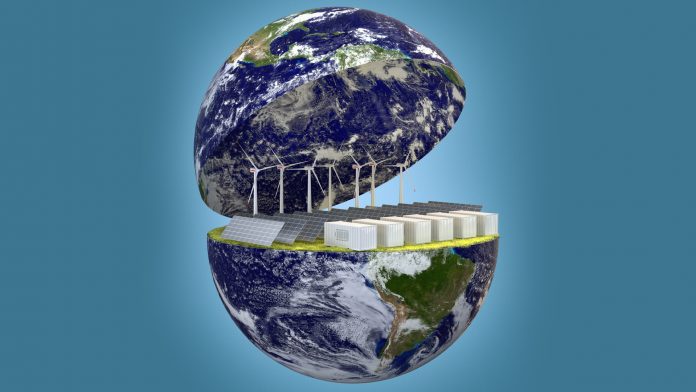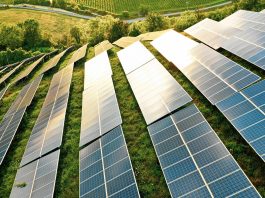Zhenxing Feng, Oregon State University’s chemical engineering professor, led the research into the design of catalysts and has shown how clean hydrogen production can be completed with greater efficiency and at a lower cost than commercially available catalysts.
How is hydrogen production completed cleanly?
A catalyst is a substance that increases the rate of a chemical reaction without itself undergoing any permanent chemical change. Conventionally, hydrogen is created from a natural gas through a carbon dioxide production process known as ‘methane-steam reforming’. However, in this instance, hydrogen production is done by splitting water with an electrochemical catalytic process, which is cleaner and more sustainable.
In order to achieve clean hydrogen production, Feng and their team studied the restructuring of catalysts in reaction- and then manipulated their surface structure and composition at the atomic scale to achieve a highly efficient catalytic process for generating hydrogen. An active phase of a catalyst based on amorphous iridium hydroxide exhibited efficiency 150 times that of its original perovskite structure and close to three orders of magnitude better than the common commercial catalyst, iridium oxide.
Findings
“We found at least two groups of materials that undergo irreversible changes that turned out to be significantly better catalysts for hydrogen production,” Feng said. “This can help us produce hydrogen at $2 per kilogram and eventually $1 per kilogram. That’s less expensive than the polluting process in current industries and will help achieve the United States’ goal of zero emissions by 2030.”
Feng explains that the findings found are significant because hydrogen production is important for “many aspects of our life, such as fuel cells for cars and the manufacture of many useful chemicals such as ammonia. It’s also used in the refining of metals, for producing man-made materials such as plastics and for a range of other purposes.”
Furthermore, an issue encountered by Feng’s team during their investigation into clean hydrogen production was avoiding catalyst reconstruction. Catalysts often experience structural changes that are both reversible and irreversible. Restructuring is believed to degrade a catalyst’s stability, leading to a loss of catalytic activity that lowers reaction efficiency.
Costs and effects on the environment
The researchers have noted that the U.S. Department of Energy Hydrogen and Fuel Cell Technologies Office has established technology targets that will be capable of contributing to clean hydrogen production hydrogen at $2 per kilogram by 2025 and $1 per kilogram by 2030. Therefore, they will successfully contribute to their part of the Hydrogen Energy Earthshot target of cutting the cost of clean hydrogen by 80% over the next decade, from $5 to $1 per kilogram.
The team are focused on water electrolysis technology for clean hydrogen production, which uses renewable resources to split water to make clean hydrogen. This inevitably contributes to helping the environment due tot hey use of renewable resources compared to the carbon dioxide production process currently used commercially. However, the efficiency of this method is low, due to overpotential – the difference between the actual potential and the theoretical potential of an electrochemical reaction – of one key half-reaction in the process, the oxygen evolution reaction or OER.
Despite this issue, the researchers have learned how to maximise success from this method. “Catalysts are critical to promoting the water-splitting reaction by lowering the overpotential, and thus lowering the total cost for hydrogen production,” Feng said. “Our first study in JACS Au laid the foundation for us, and as demonstrated in our Science Advances article we now can better manipulate atoms on the surface to design catalysts with the desired structure and composition.”
This research assures that there are cleaner methods for hydrogen production that are to be implemented soon.









